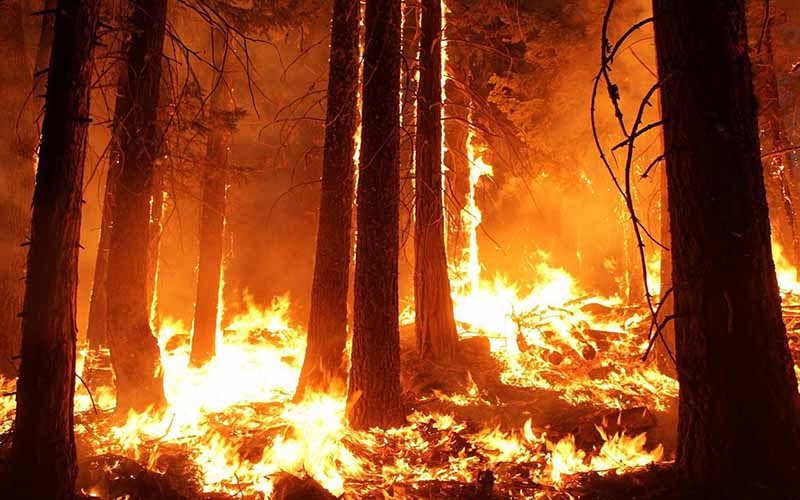Over recent weeks, the nation has absorbed sad and shocking news about the ongoing wildfires in the state of California. At the time of this writing, the Thomas fire is now the fifth-largest wildfire in modern California history, impacting over 230,000 acres. Despite considerable efforts by responders to quell this raging fire, it continues to expand, with a growing trail of destruction in its path. Property and lives have been lost, and it’s not over. But already, there is plenty to learn from this crisis.
In emergency management, our focus is to continuously build on capabilities to address potential disasters like this. The process requires attention to the various elements necessary to build on such capabilities, as depicted in FEMA’s Preparedness Cycle. These include ongoing evaluation and improvement (i.e., taking corrective action). Because of this, once they are suppressed, these fires will compel us to consider a basic question: how can we apply what we’ve learned to enhance our readiness for the next time something like this occurs?
This is certainly not the only time devastating wildfires have occurred. Based on data collected by the National Interagency Fire Center, wildfires have consumed over 255 million acres in the US from 1960 through 2016. In 1970, a series of wildfires migrated through California over the span of 13 days. Over 500,000 acres were burned, levying a considerable toll on life and property along the way. Because there was no widespread system in place at that time for multiple agencies/jurisdictions to manage a major incident together, the fire services that responded to those 1970 fires struggled to work together effectively.
In the aftermath, this observation was acted on, leading to the creation of a repeatable, common system for incident management called FIRESCOPE (i.e., FIrefighting REsources of Southern California Organized for Potential Emergencies). Since that time, emergency planners have come to recognize that, in addition to the fire service, other disciplines also need such a system to jointly address crises. On February 28, 2003, as a result of the 9/11 terror attacks, President Bush issued Homeland Security Presidential Directive #5, calling for implementation of a common, comprehensive national incident management system.
Today, organizations involved in incident management – both public and private, at all levels, throughout the nation – have embraced the National Incident Management System (NIMS), and along with it, a shared approach for collaboratively addressing incidents of size. This has resulted in vastly improved abilities to respond to and recover from critical events, both individually and jointly as organizations.
And so, some good can indeed come out of the ashes of tragic events. We must always assess and apply lessons learned, and as a result, we will become better prepared.

